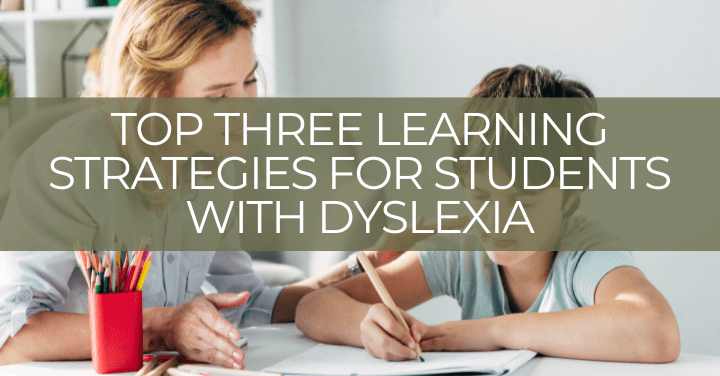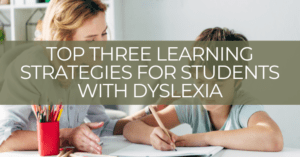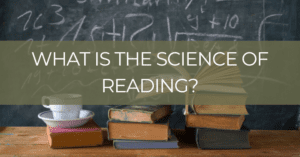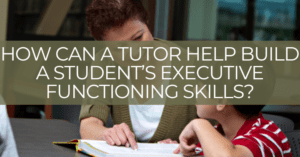Dyslexia is a neurological condition that affects a person’s ability to read, write, and spell. It’s estimated that between 5% and 10% of the world’s population has dyslexia, and it can affect people of all ages and backgrounds. While dyslexia can present many challenges in academic settings, there are effective strategies that can help individuals with dyslexia succeed in their learning endeavors. In this blog post, we will explore the top three strategies for learning with dyslexia.
1. Use Multisensory Learning Techniques
One of the most effective strategies for learning with dyslexia is to use multisensory learning techniques. This approach involves using multiple senses, such as sight, hearing, and touch, to help individuals with dyslexia process information. Multisensory learning techniques can include using visual aids, such as diagrams, charts, and graphs, as well as auditory aids, such as recordings or text-to-speech software. Additionally, using tactile aids, such as manipulatives, can help individuals with dyslexia learn through touch.
2. Focus on Strengths
Individuals with dyslexia often have strengths in areas such as creativity, problem-solving, and spatial awareness. Focusing on these strengths can help them build confidence and succeed academically. For example, encouraging dyslexic students to use their creativity to explore topics in unconventional ways, such as creating visual art or using storytelling, can help them better understand and retain information. Similarly, allowing dyslexic students to solve problems in their own unique ways, such as using visualization or drawing, can help them build important skills and feel more confident in their abilities.
3. Create a Supportive Learning Environment
Creating a supportive learning environment is critical for individuals with dyslexia. This can include working with teachers and tutors who are trained in dyslexia and understand the specific needs of dyslexic students. Additionally, using assistive technology, such as text-to-speech software or audiobooks, can help dyslexic students access information in a way that is more comfortable for them. Providing extra time for assignments or tests can also be beneficial, as dyslexic students may need more time to process and organize information.
In conclusion, learning with dyslexia can present many challenges, but there are effective strategies that can help individuals with dyslexia succeed academically. By using multisensory learning techniques, focusing on strengths, and creating a supportive learning environment, dyslexic students can build important skills and feel more confident in their abilities. It’s important to remember that dyslexia is a unique learning difference, and what works for one person may not work for another. However, by using these strategies, individuals with dyslexia can find ways to learn that work best for them.
